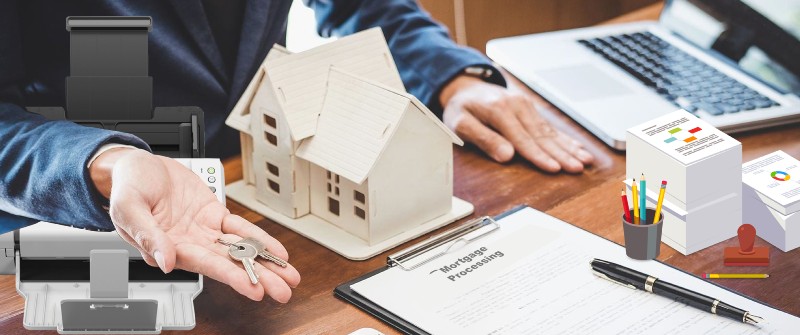A professional building inspection is an important step in the process of buying or selling a home, commercial building, or any other type of structure. A qualified inspector will assess the condition of the building, identify any problems that may exist, and provide a detailed report outlining the findings. The inspection provides buyers and sellers with valuable information to make an informed decision while helping to protect both parties from potential problems down the road. This article will provide an overview of what to expect from a professional building inspection. This article will provide an overview of what to expect from a professional building inspection.
1. Types of Inspections:
There are two main types of professional safety hazards building inspections that can be conducted. The first is a full building inspection, which covers all aspects of the property, including the exterior, interior, structure, electrical, heating, plumbing, and more. The second type of inspection is more focused and may cover just one area of the property. Full building inspections are typically more comprehensive and involve more detailed inspections. They involve inspecting the entire building from top to bottom, including the exterior, interior, structure, and other systems such as the electrical, heating, and plumbing. These inspections are more expensive than a more limited inspection, but they give the buyer a better understanding of the property’s condition.
2. Inspection Process:
- A professional building inspector will typically start by doing a thorough walk around the exterior of the property. They will be looking for signs of damage or wear, such as cracks in the foundation, missing shingles, and other damage. They will also check for signs of pest infestation, such as termite damage, and any other potential issues.
- To inspect the interior of the property. This includes checking the walls, floors, ceilings, and other areas for signs of damage or wear. The inspector will also check for any electrical or plumbing issues, as well as any signs of mold or mildew.
- The inspector will do a thorough inspection of the structure of the property. This includes examining the roof, foundation, and any other structural components. The inspector will be looking for signs of rot, deterioration, or other structural issues.
3. Report:
Once the inspection is complete, the inspector will provide a detailed report of their findings. This report will include information on any areas that need to be repaired or replaced, as well as any potential safety hazards. The report will also include a cost estimate for any repairs that may need to be done.
Conclusion:
A professional building inspection is an important part of the process of buying or selling a property. It can help to identify any potential issues that may need to be addressed before the transaction is completed. By understanding what to expect from a professional building inspection, buyers and sellers can make better-informed decisions and save time and money.
Related posts
Recent Posts
Advertisment



Social Media